Researchers devise seawater-resilient bipolar membrane electrolyzer for turning seawater into hydrogen
Green Car Congress
APRIL 12, 2023
The results of their study, published in Joule , could help advance efforts to produce low-carbon fuels. Generation of H 2 and O 2 from untreated water sources represents a promising alternative to ultrapure water required in contemporary proton exchange membrane-based electrolysis.

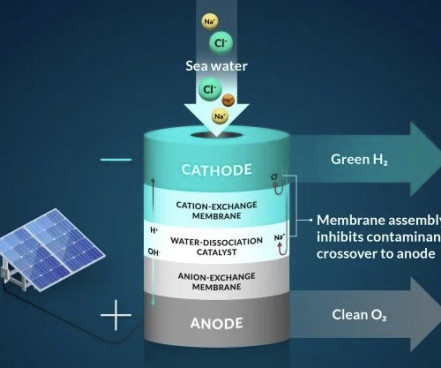

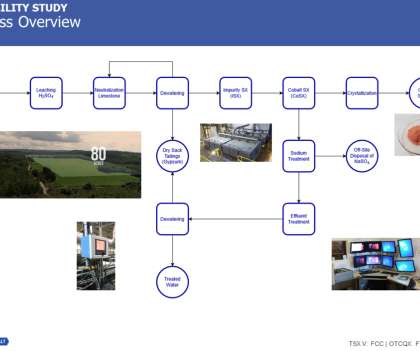
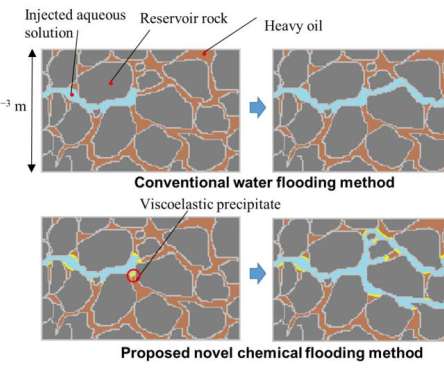






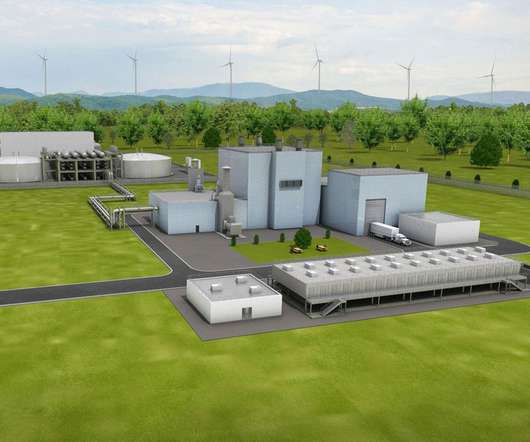


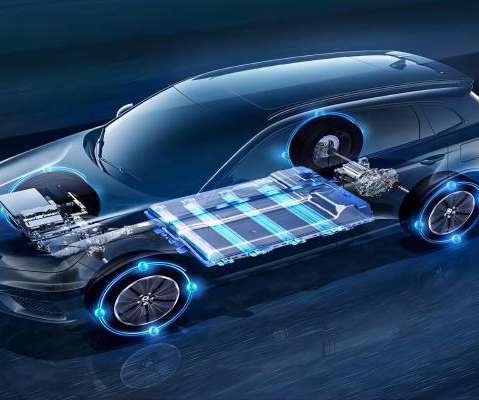
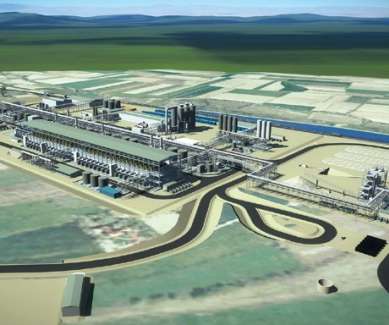










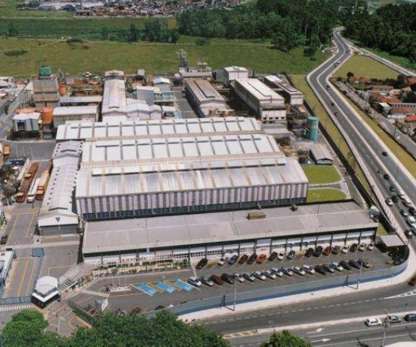






Let's personalize your content